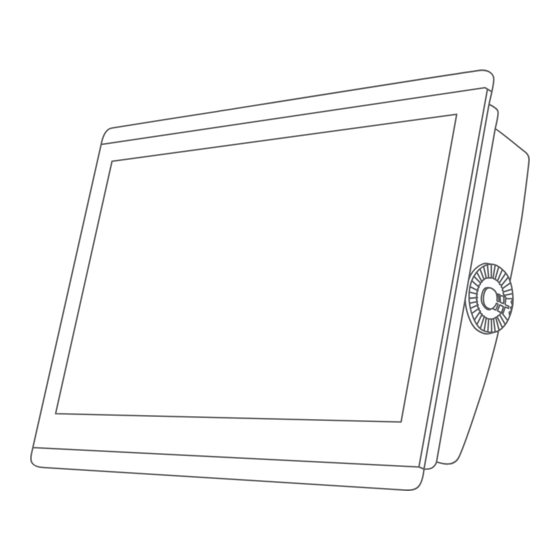
Garmin GPSMAP 87 Series Owner's Manual
Hide thumbs
Also See for GPSMAP 87 Series:
- Owner's manual (204 pages) ,
- Owner's manual (218 pages) ,
- Owner's manual (208 pages)
Table of Contents
Advertisement
Advertisement
Table of Contents















Need help?
Do you have a question about the GPSMAP 87 Series and is the answer not in the manual?
Questions and answers